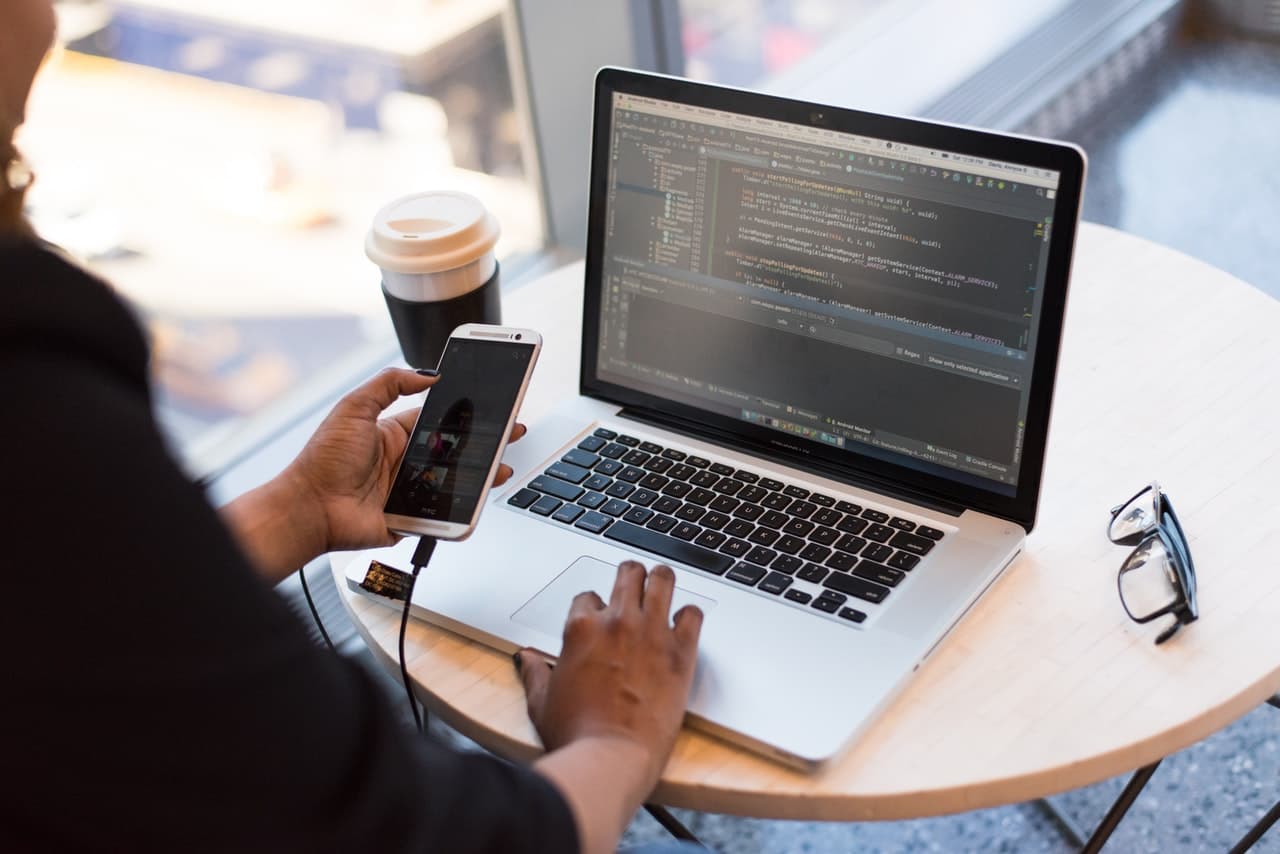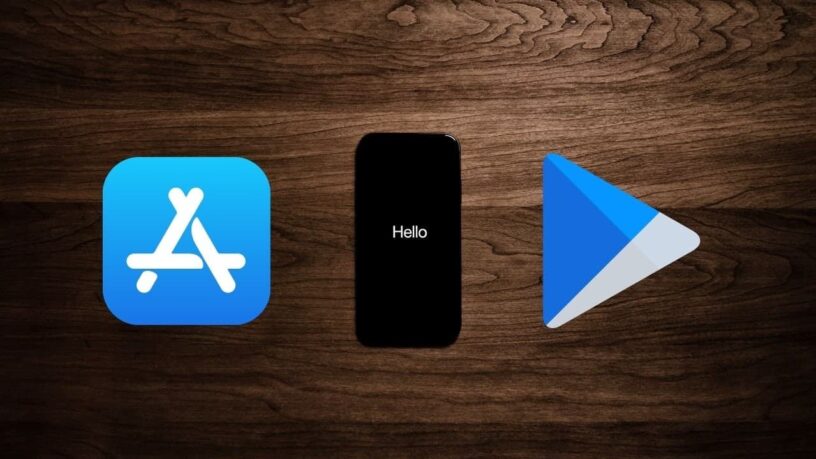There are several simple steps to build your first mobile application. Applications are rapidly evolving to solve business problems and meet consumer needs. Accordingly, many app development platforms and coding tools are easily obtainable for internet users. With these resources, you can access everything you need to turn your app idea into a reality.
5 Simple Steps To Build An App
Not just resources, but you also need to know what steps to follow for a successful deployment. This is key to ensure your app design is user-friendly and functions properly. Well, we are here with simple steps to build your first mobile application.
Sketch Your App Concept
To build your mobile app, you first need to sketch your application concept. Ideally, you want to define your app’s purpose. Then, layout how you want it to work. You should identify any key features you imagine your app having as well. Categorize these features based on what is essential for your idea and what would supplement it well.

These priorities are helpful when you create your Minimum Viable Product (MVP). By focusing on these core elements, you can speed up the initial development process. Then, you can update the supplemental features once you’ve launched your application. Definitely, a concrete application concept sketch is crucial to develop your first application.
ALSO READ: How To Recover Deleted Files Using Windows File Recovery
Customize Your Design
Next, it is essential to customize your application design. Ideally, you want to come up with a UX design that is unique to your application. Often, this includes an application name, logo design, and color scheme plan. The background image you choose for your application is also important for user experience. This will be the first thing that users see when they view it in the app store.

In addition, you need to develop a system for organizing your app components and features. Notably, some application development platforms contain built-in template designs. Often, you can make simple changes to these layouts to make your app feel unique to your brand and sub-brands. Surely, when building your first mobile app, you need to customize your design.
Install A Container Registry
In addition, you should also install a container registry as you build your first application. A container registry is a repository that you can use to store your Docker images for Kubernetes and DevOps deployments. Essentially, container images are the files and components that make up your application. By storing them in one central location, you can access them easier.

Additionally, you can scale your application rapidly by using containerization software. For instance, JFrog’s advanced container registry supports scalability with various on-prem, hybrid, and multi-cloud environments. Certainly, installing a container registry improves application file management and supports long-term scaling goals.
ALSO READ: How To Install WSL 2 On Windows 10: Goodbye Dual-Boot!
Code Your Application
Moreover, once you have the proper containerization software, you need to code your application. Without any prior coding experience, there are a few routes you can take to complete this step. For example, you can download an application development platform. Many of these resources often have free coding tutorials and online courses to get started.

Another option is to partner with a programmer who can guide you along the way. If you choose this option, be sure that your programmer has a proven track record for developing successful applications. However, you choose to code your application, it is important to consider your coding language and mobile platform. Definitely, you need to code your application properly to ensure a successful app launch.
Conduct QA Testing
Furthermore, you need to conduct quality assurance (QA) testing before you can deploy your application. This is essential so that your app functions properly and is user-friendly. To get started testing your app, you should use an emulator or simulator. An emulator is an original device replacement that allows you to run applications on your device. Unfortunately, you cannot modify your apps while testing with this tool.

Alternatively, a simulator does not imitate mobile device hardware. However, you can use it to set up an analogous operating system. You should also conduct security testing to ensure your application data is well-protected before deployment. Of course, a thorough testing phase is a key to building your first mobile application.
ALSO READ: How To Remotely Control Linux From Windows [Step-By-Step]
There are several simple steps to build your first mobile application. First, you need to sketch your application concept. Next, customize your UX design with a logo and application background image. In addition, install a container registry to store your Docker images throughout the development process.
Moreover, code your application with a development platform or by partnering with a programmer. Furthermore, conduct in-depth QA testing before deploying your application to your device’s app store. Follow these simple steps to build your first mobile app.



